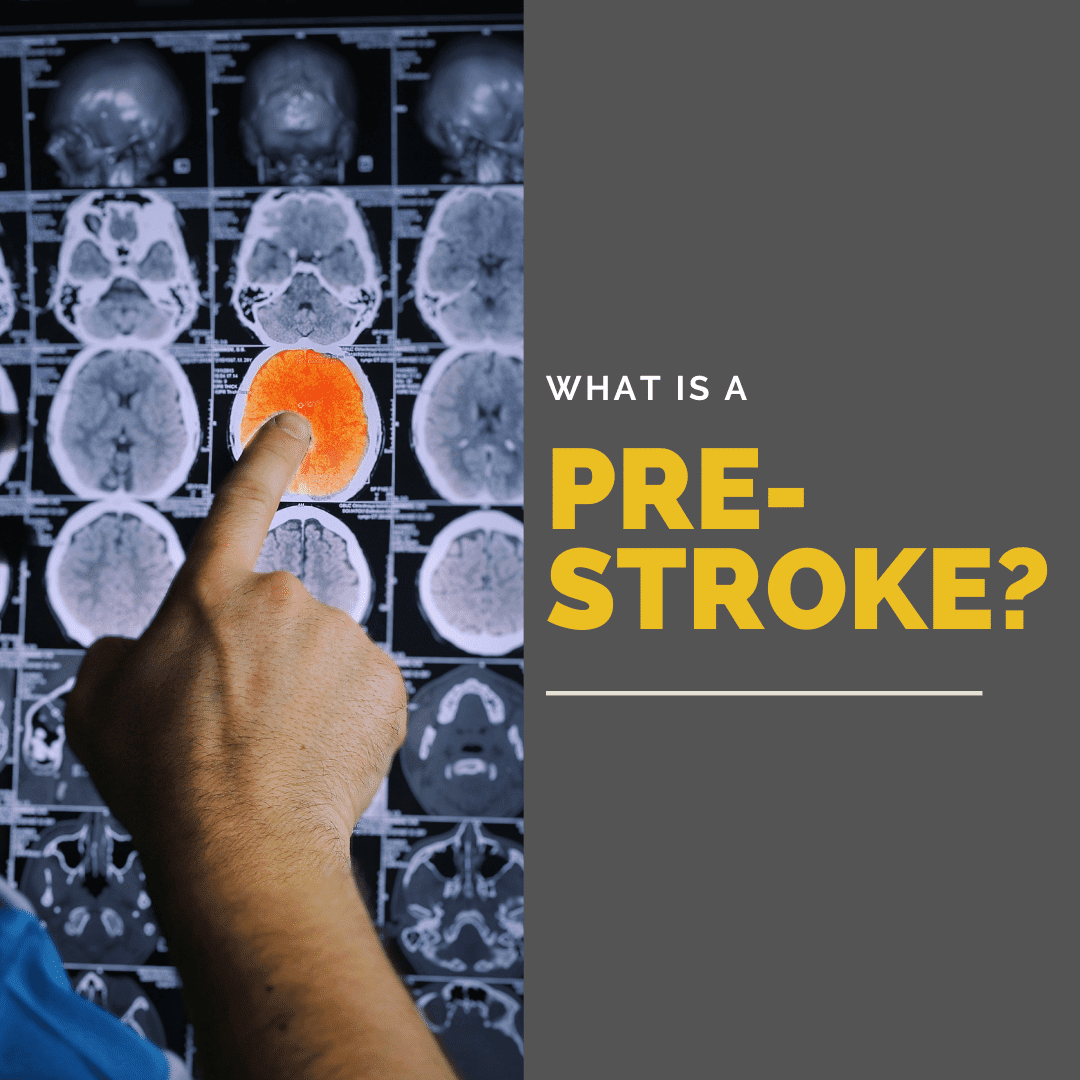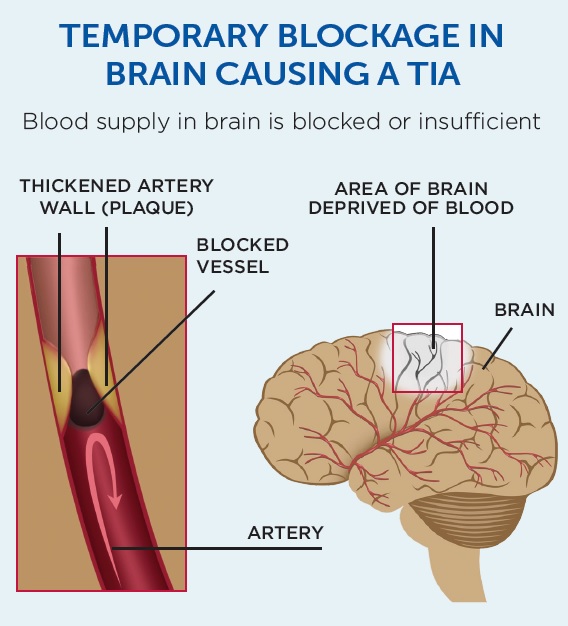


TIA symptomsĬall 911 or your local emergency medical services number right away if one or more of these symptoms suddenly happen to you or someone else, even if they begin to fade away after a few minutes. Once the crisis has passed, your doctors should do two things: Start looking for what caused the problem, and do what they can to prevent a subsequent stroke or TIA. If you think you or someone you are with is having one, do the same thing you would do for a heart attack: Call 911. These studies add to the mounting evidence that it's time to take TIAs seriously. Among more than 500 stroke victims, 17% had experienced a TIA on the day of their stroke, 9% had one on the day before, and a whopping 43% had a TIA sometime during the week preceding the stroke. In the three months following the mini-stroke, 1 in 7 people (14.6%) had a full stroke, and 1 in 4 (25.2%) had either died or suffered a stroke or another TIA.īritish researchers, writing in the March 2005 Neurology, looked at the connection from the other direction. Even after they are gone, danger still lurks in the form of other TIAs, stroke, and even death.Ī study published in the April 2005 Stroke looked at all the people who had a TIA in the Cincinnati area during a single year. But a stroke lasts for hours, maybe longer, while a TIA fades away after a few minutes.ĭon't be fooled by the disappearance of symptoms. They look the same, feel the same, and stem from the same thing - blocked blood flow to the brain.

What's the difference between a stroke and a transient ischemic attack (TIA)? At first, not much.


 0 kommentar(er)
0 kommentar(er)
